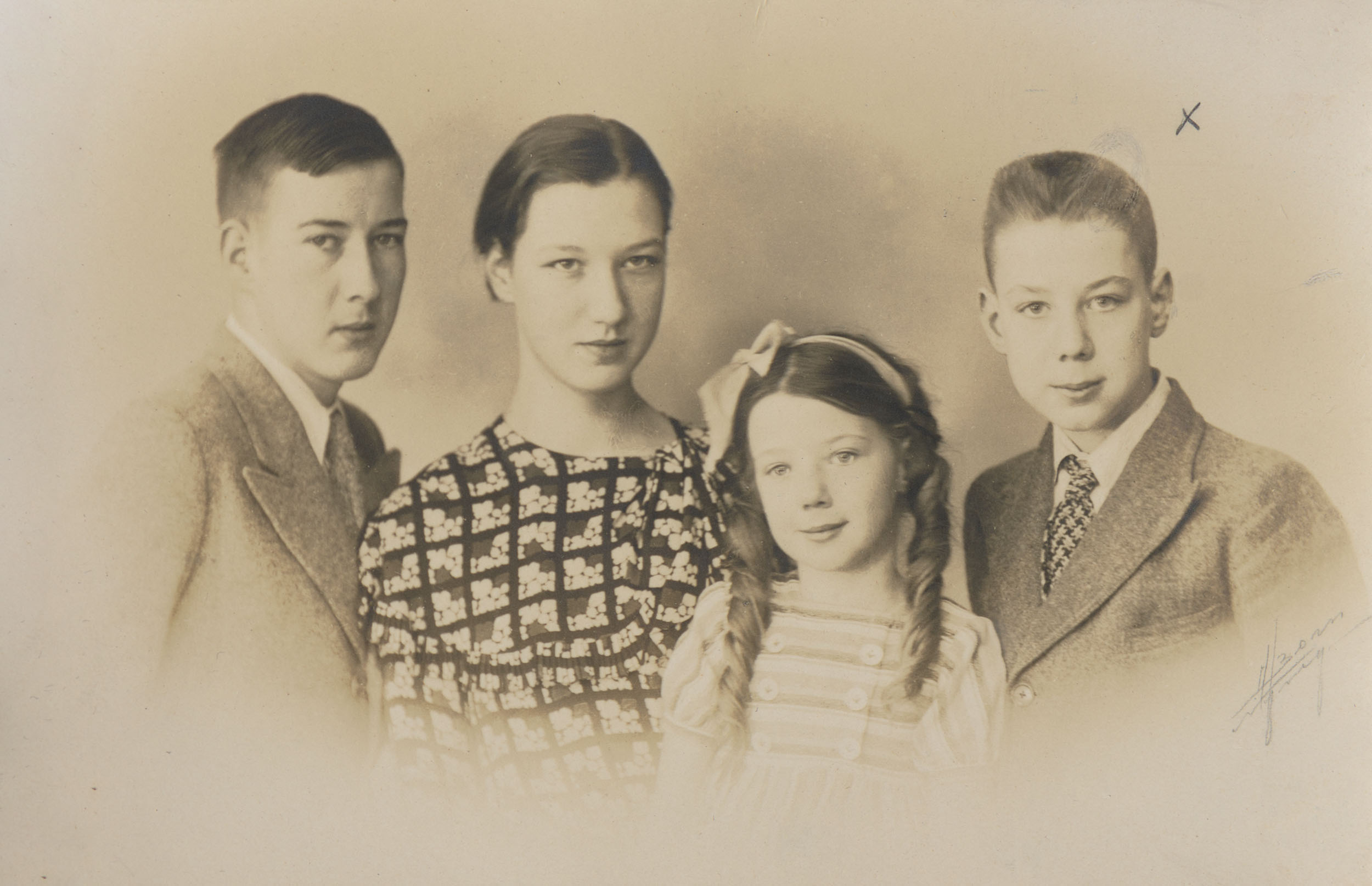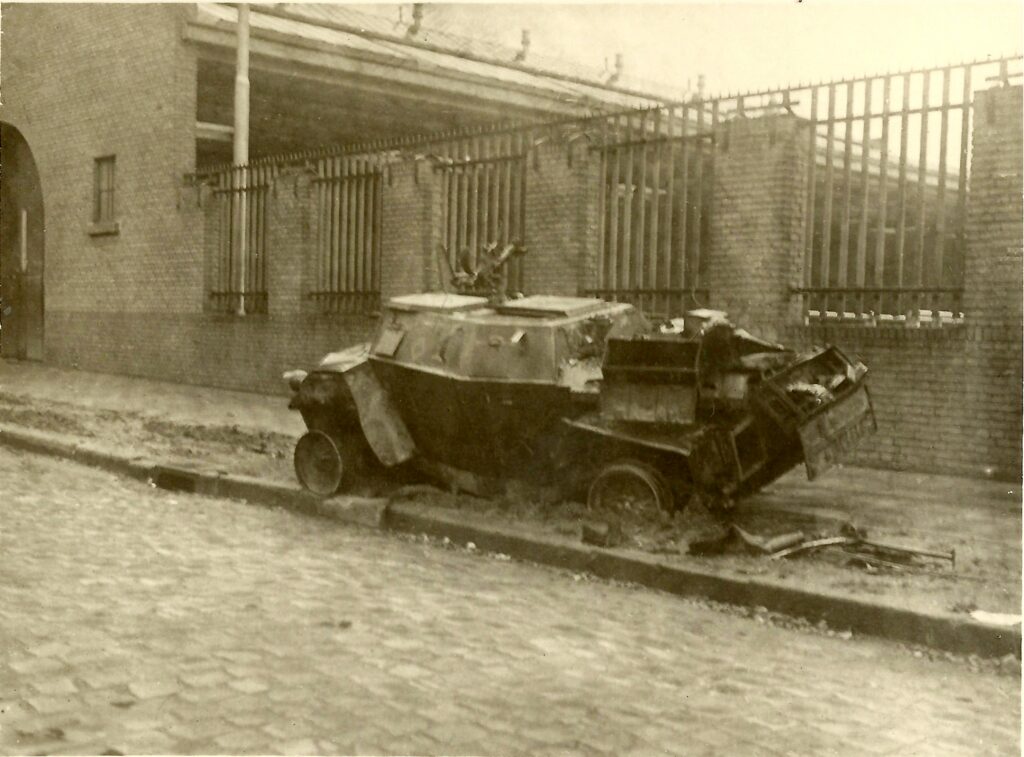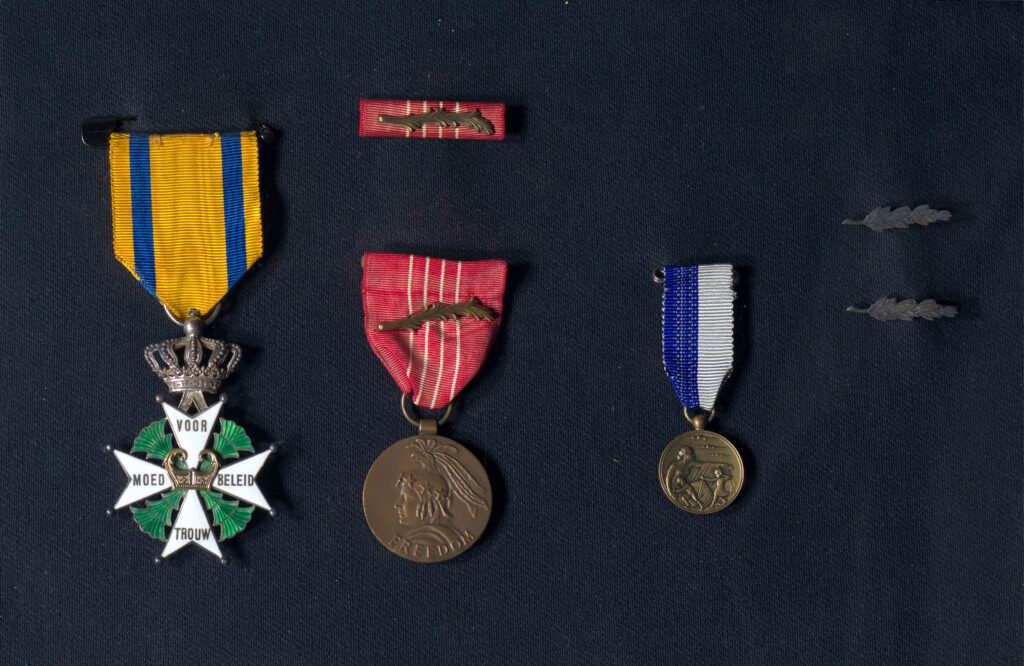
Jan van Hoof was born in Nijmegen in 1922. During the war he was a boy scout, a student and was in the resistance. Jan was active for the Dutch Secret Service. This was the name of a resistance organization that collected intelligence.
Jan was very interested in the Waal Bridge. During the liberation of the Netherlands, this bridge over the great river would be crucial for the Allied advance. The German occupying army had placed explosives to blow up the bridge if it threatened to fall into Allied hands. This way they could stop the advance.
During Operation Market Garden, Jan was often out and about as a member of the resistance to help the Allies. One day a relative heard him say 'the bridge is safe'. What did Jan mean? Had he risked his life climbing the bridge close to the German soldiers and sabotaging the explosives?
Soon the story spread through the city that a fallen resistance fighter had saved the bridge. Didn't he say 'the bridge is safe'?
On September 19, 1944, the battle for the city of Nijmegen was still raging. Jan rode as a guide on a military vehicle. Disaster struck near what is now Joris Ivensplein. A direct hit hit his vehicle. Jan was thrown off. He survived the fall, but was grabbed by German soldiers and shot dead. He was 22 years old.
The next day the Allies captured the Waal Bridge. At every moment they worried that the German soldiers would blow up the bridge, but this did not happen. The bridge fell unscathed into Allied hands. Soon the story spread through the city that a fallen resistance fighter had saved the bridge. Didn't he say 'the bridge is safe'?


Had Jan saved the Waal Bridge? After the war, extensive research was conducted by the Minister of War. Many witnesses were heard. Ultimately, it turned out that someone had indeed sabotaged the explosives on the Waal Bridge, but that this damage had probably been discovered and repaired by the German army. The bridge probably ultimately remained intact because the German soldiers on the bridge ultimately received no orders to blow up the bridge.
Although Jan van Hoof was not really 'The Savior of the Waal Bridge', he was still a very brave young resistance fighter who lost his life during the fight for our freedom. He was posthumously awarded the Military Order of William and is commemorated on various monuments in Nijmegen.







